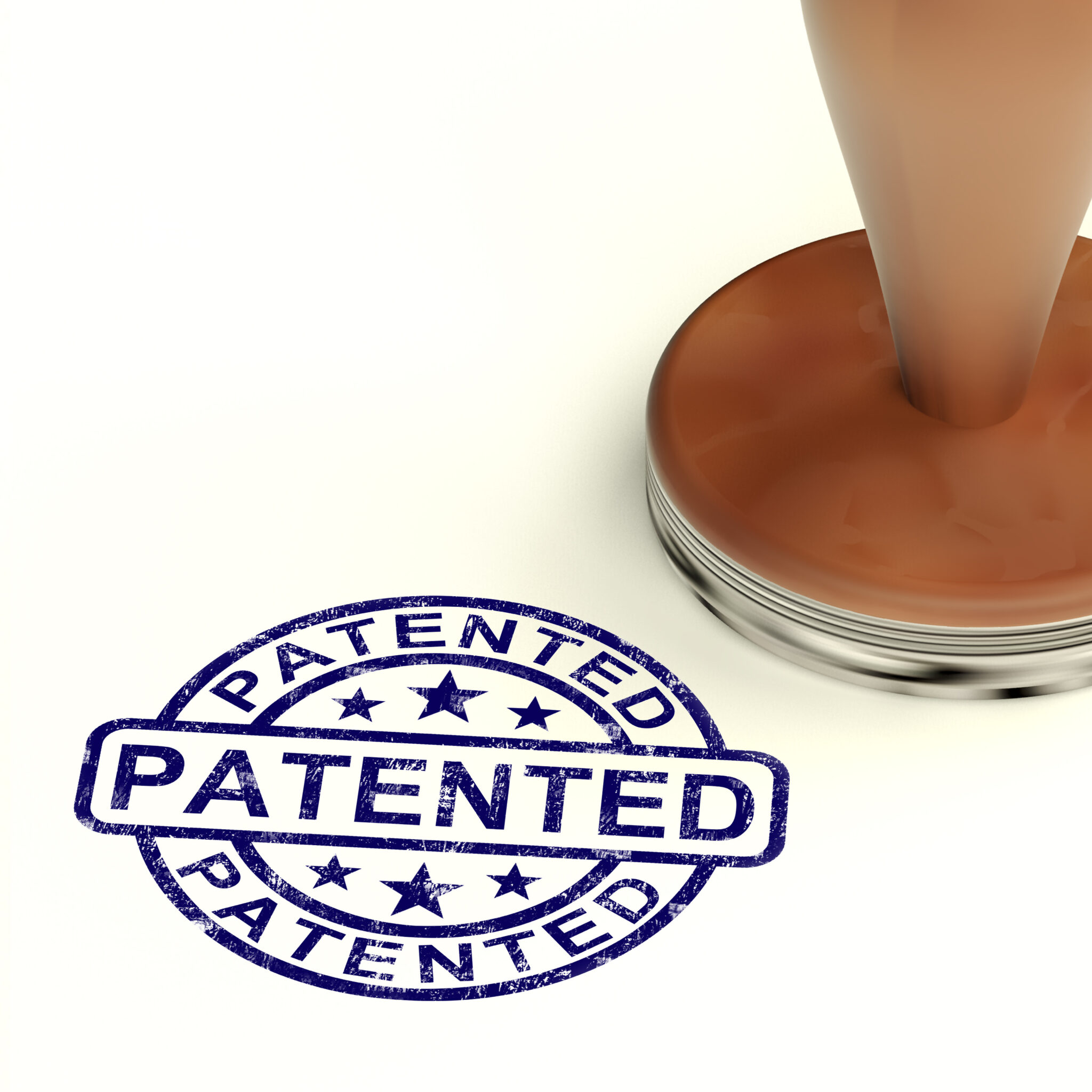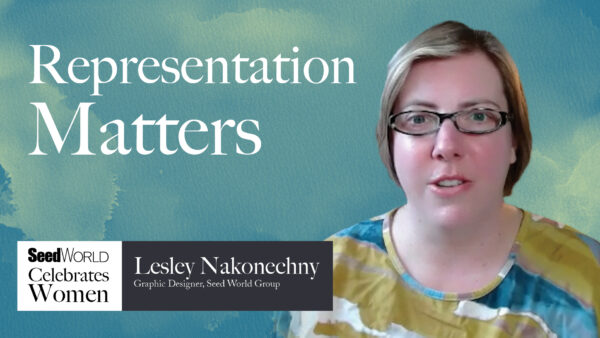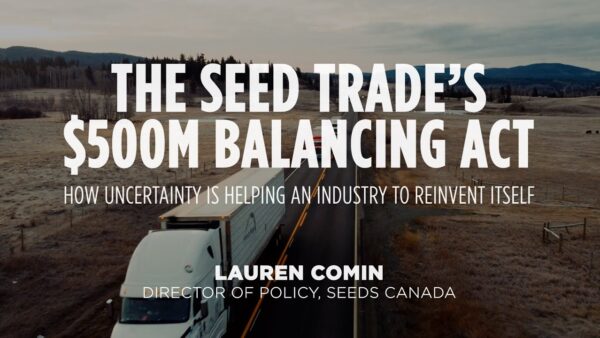When a pharmaceutical product goes off-patent, within days the market is flooded with biosimilars (generics) that bring prices down and drive opportunities for innovators to enter markets. Why doesn’t the same happen for seeds when their patents expire?
The first GM seed patents expired in 2014. Around that time, there was talk of the floodgates opening with cheaper generic seeds bringing cost savings to farmers and creating opportunities for innovative new seed developments. There was an AgAccord set up in the U.S. between a group of companies, agriculture associations and farm unions to prepare for the anticipated post-patent transitions. But ten years on, the floodgates opened to a drought with very few generic seeds reaching the market. Around 90% of U.S. corn acreage is planted with GM seeds, much of that off-patent today. It is difficult to imagine how this continues without any competition from cheaper generic seeds. Why is that?
- Are the end consumers, farmers, OK with continuing to pay high prices for older, off-patent technologies?
- Were the myriads of patents (from traits to events) so complex as to keep lawyers tying their competition in knots for the long term?
- Is the cost of obtaining efficiency data too high, making generic seed production less attractive?
- Is the time required to register biosimilars imposing further weight on a less competitive market?
All these reasons, contribute to the failure of competitors to successfully enter off-patent seed markets. As plant breeding technologies evolve, what is needed is a reform of seed patent regulations to ensure that innovators are given opportunities, the farmers don’t over-pay for off-patent seeds and that markets are open to fair competition.
Seed Patent Reform
In 1984, the introduction of the Hatch-Waxman Act in the U.S. reformed the pharmaceutical patent process to allow generic drugs to be introduced. Before then, the markets were controlled by large producers who made it very difficult to introduce generics. This act created a clear opportunity for innovators to enter U.S. markets when biosimilars brought prices down post-patent. A lot can be argued about the costs, duration of the drug patents or the time it takes to bring new pharmaceutical products onto the market, but there was a clear playing field for all actors.
One of the challenges for seed innovators is that the regulatory hurdles are so severe that it limits authorizations to large companies with the deep pockets to manage the demands of the process. Thus, they only file patents for commodity seeds that will provide a significant return on investment given the cost burdens of putting a modified seed on the market. Smaller seed companies don’t stand a chance under such conditions and continue to be excluded from markets via post-patent barriers. With the opportunities of gene editing creating innovative opportunities for seed solutions from SMEs and research institutes, the present seed patent structure is no longer fit for purpose.
What is needed is a seed patent reform that will encourage and reward innovative seed research, bring prices down for old technologies and create certainty in markets (determined by regulators rather than judges). Ideally this reform would need to reduce the time to market for generic seeds, set limits on IP holders using new data to extend the data restriction periods and take into account the variety of NGT innovations.
It is important in Europe that any relaxing of the regulatory process for seed innovations in Europe comes with intellectual property protections for researchers. If the EU does indeed reject the filing of patents on gene-edited technologies, as the European Parliament proposed in February 2024, that will just mean large companies will introduce protections by other means (data restrictions, longer filing periods and endless litigious processes). This strategy has worked to protect post-patented products for more than a decade in the US. Smaller research companies won’t have the same means to play these games and will likely not enter the European market.
I don’t see the European Parliament’s caveat on patent-free research sticking. The European Council will surely revisit this, and the Parliament has asked for a report by June 2025 to assess the effects of patents on access to seeds. It is inconceivable how this decision could stick especially given how it conflicts with the EU’s commitment to the European Patent Convention. So, while it was meant as a consolation bone thrown to the anti-GM activist community, it is a clear indication on the need for patent laws to be reformed.
Patent reform needs to go back to the heart of intellectual property rights: to reward and protect the innovator, create market certainty and, within a reasonable duration, encourage new product developments by allowing competitors to enter mature markets. Present seed patent laws do not allow for this. The absence of patents will not make the situation any better or make markets more accessible.













